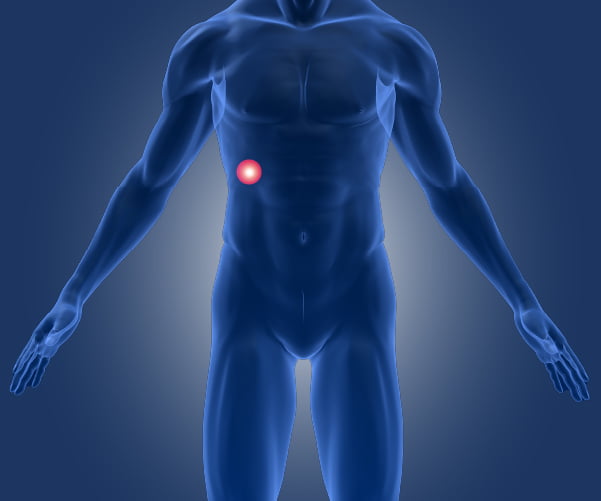What is it? The term “acute cholecystitis” effectively means inflammation of the gallbladder. The inflammation is almost always related to the presence of gallstones however, it can also happen in the absence of gallstones.
Why it happens: Calculus cholecystitis (inflammation in the presence of gallstones) is caused by blockage of the cystic duct (the main opening of the gallbladder) by a stone or small fragments of stones that we call “sludge.”
Acalculous cholecystitis (inflammation without gallstones) is usually the result of serious illness or direct injury to the gallbladder for other surgery.
Frequency: In the Western World, 10-15% of the adult population has gallstones. Most are asymptomatic and the patients may not even be aware of the presence of gallstones in their gallbladder. Of those who develop symptoms, 10% will develop acute cholecystitis.
